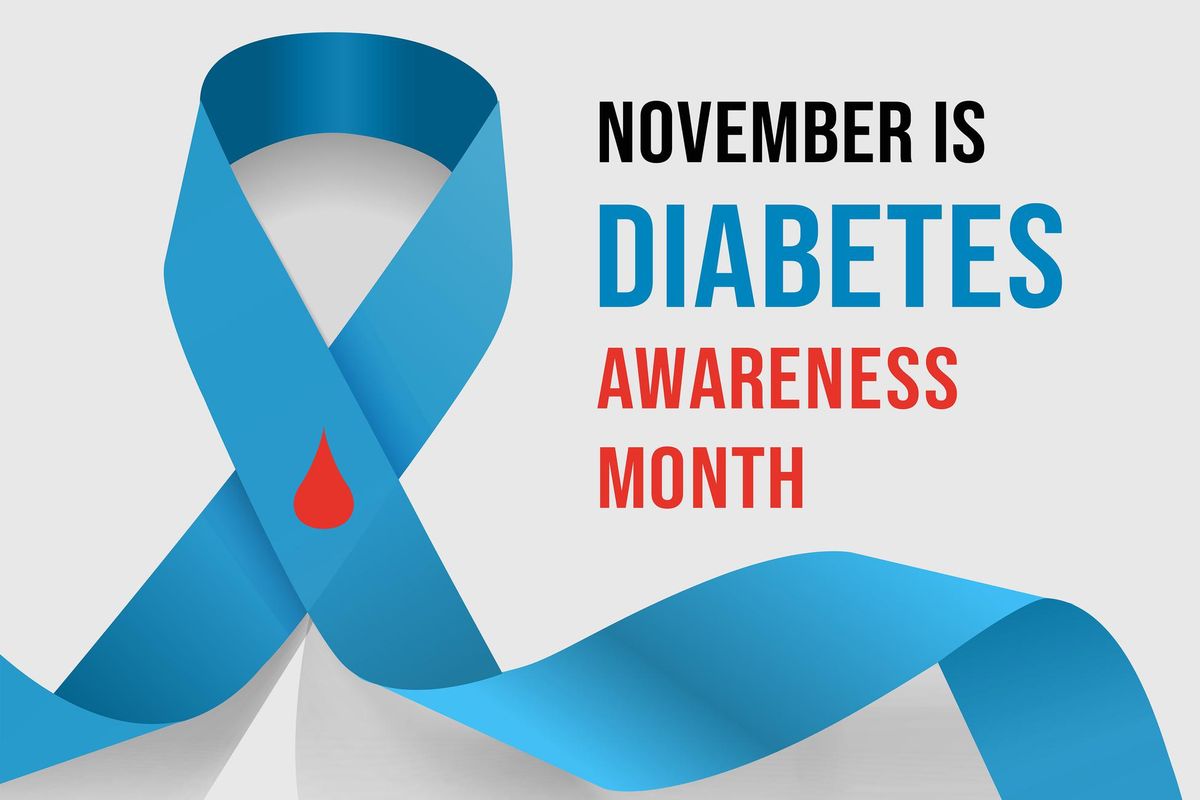Insightful Chronicles
Exploring the world through news and stories.
Sugar Rush or Crash: Navigating Life with Diabetes
Unlock the secrets to managing diabetes! Join us as we explore the highs and lows of living life to the fullest.
Understanding Blood Sugar Levels: What to Know and How to Manage
Understanding blood sugar levels is crucial for maintaining overall health, especially for individuals with diabetes or those at risk. Blood sugar, or glucose, is the primary source of energy for our bodies, and it comes from the foods we eat. When blood sugar levels rise too high (hyperglycemia) or fall too low (hypoglycemia), it can lead to serious health complications. To effectively manage blood sugar levels, it's important to monitor them regularly and understand the factors that influence these levels such as diet, physical activity, and medication.
To manage blood sugar levels effectively, consider the following strategies:
- Maintain a balanced diet that includes whole grains, lean proteins, and plenty of fruits and vegetables.
- Regular physical activity can help improve insulin sensitivity and lower blood sugar levels.
- Monitor your blood sugar levels regularly to understand how your body responds to different foods and activities.
- Consult with healthcare professionals to create a personalized blood sugar management plan.

The Impact of Diet on Diabetes: Tips for a Balanced Lifestyle
Diabetes is a chronic condition that affects how the body processes blood sugar (glucose). A well-balanced diet plays a crucial role in managing diabetes and can significantly impact overall health. For individuals with diabetes, dietary choices should focus on maintaining stable blood sugar levels while providing essential nutrients. This includes incorporating a variety of foods such as whole grains, lean proteins, and plenty of fruits and vegetables. It is equally important to monitor carbohydrate intake, as carbohydrates directly influence blood glucose levels.
To achieve a balanced lifestyle, consider adopting the following tips:
- Portion Control: Keep an eye on portion sizes to avoid overeating and maintain healthy blood sugar levels.
- Choose Complex Carbohydrates: Opt for whole grains and fiber-rich foods that digested slowly, helping prevent spikes in blood sugar.
- Limit Sugary Foods: Reduce consumption of processed and sugary foods which can lead to fluctuations in blood glucose levels.
- Regular Meal Times: Eating at consistent times each day can help regulate blood sugar levels.
By understanding the impact of diet on diabetes, individuals can make informed choices that contribute to improved health and well-being.
What to Do When You Experience a Sugar Crash: Symptoms and Solutions
Experiencing a sugar crash can be both uncomfortable and disorienting. Common symptoms include fatigue, irritability, and a sudden drop in energy levels shortly after consuming sugary foods or beverages. This reaction occurs as your body processes the excess sugar, leading to a spike in insulin levels followed by a rapid decline in blood glucose. When you find yourself in this situation, it's important to recognize the signs and understand that these feelings are temporary but can significantly impact your daily activities.
To counteract a sugar crash effectively, consider taking immediate action by reaching for a healthy snack that combines protein, fiber, and healthy fats. Options like nuts or yogurt can help stabilize your blood sugar and provide lasting energy. Additionally, staying hydrated with water and engaging in light physical activity, like a short walk, can further alleviate your symptoms. Remember, finding balance in your diet and incorporating complex carbohydrates, such as whole grains and vegetables, can help prevent future crashes as well as maintain steady energy throughout the day.